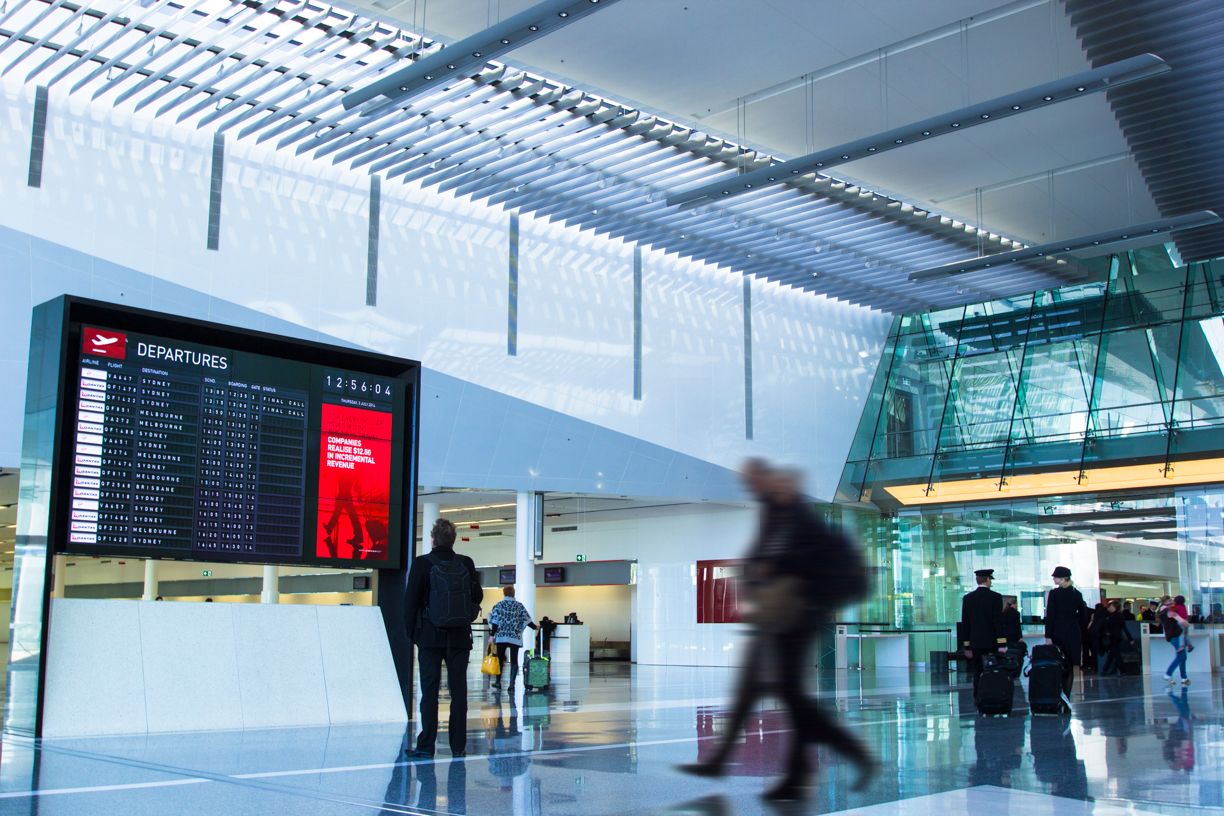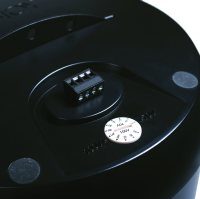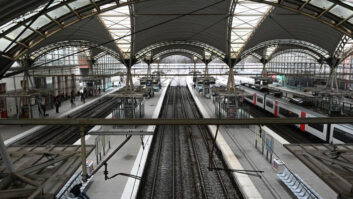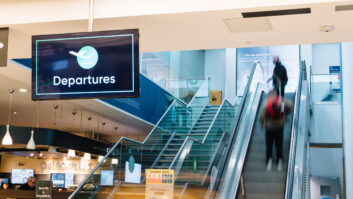
Previously we analysed the limits of an installed system working in an imperfect acoustic environment such as an airport or railway station and what to do about ambient noise with thoughts from four of the leading manufacturers. Here David Davies asks about the implications of stopping routine flight announcements and looks ahead at how audio at transport hubs will change over the next few years.
Many airports have stopped routine announcements of all flights… why is this and what are the implications?
The decision by many airports to stop routine announcements is to some extent an inevitable byproduct of rising flight activity. But the shift is also informed by airport operators’ desire to generate a different, more relaxed atmosphere.
“I think that airports are trying to make flying an experience over just getting from A to B, and too many announcements become annoying,” says Ian Bridgewater, technical manager at TOA.
Stuart Archibald, product manager at Tannoy believes: “People would just become numb listening to all the announcements and would end up missing an important one about their flight, or ignore other announcements. We are all used to sitting near a board/screen where we can keep track of our flight.”
The differences between rail and air travel should be acknowledged, says Nick Screen, Harman sales director for Duran Audio Products. In contrast to the generally less time-intensive airport experience, many people arrive at a railway station “with just a few minutes to spare” and need information about platform changes and suchlike immediately. “In this scenario you can tolerate the messages as you’re only in the station for a few minutes.”
Another reason, surely, why South West Trains’ controversial proposal to turn off the PA system for travel announcements at Waterloo station appears to have been so badly conceived.
How will audio for airports and railway stations change over the next few years?
First and foremost, technological progress and increased customer expectations have – thankfully – led to audio rising up the priority list for station and airport operators over the past 10 years. As for the future, the outlook is for evermore carefully targeted technologies, often using beam-based principles, to deliver accurate sound in spaces that – not least due to contemporary architects favouring huge amounts of glass – will remain acoustically challenging.
“The public now appreciate high-quality audio with the widespread use of better quality sound systems in homes and live music events. They now expect to hear announcements clearly,” says Archibald. “Digital beam steering will be a major part of future systems as there is a clear difference between the quality and clarity of sound than with conventional systems.”
Xavier Meynial, technical director at Active Audio adds: “We expect that the trend observed over the recent past will continue, [bringing] more acoustic comfort for users. That means homogeneous sound coverage, adequate SPL and low distortion.”
Bridgewater predicts the increased use of IP-based loudspeakers when costs come down, while Screen envisages closer integration with other building systems. “I think we will see more intelligent systems which interface with SCADA [supervisory control and data acquisition], building management systems and so on,” says Screen. “We hear a lot about ‘big data’ now and it will also have an impact on the audio systems. Essentially we will end up with a closed-loop system to control and monitor the performance of systems.”
The impact of ‘big data’ is destined to impact transport complexes in all manner of ways – some probably unforeseeable at present. In the shorter term, however, intelligibility is likely to remain the driving issue for audio systems, and it must be of considerable consolation to integrators and operators that there is now an abundance of tools to help achieve this desired end-result.
www.activeaudio.fr/en
www.duran-audio.com
www.tannoy.com
www.toa.eu







